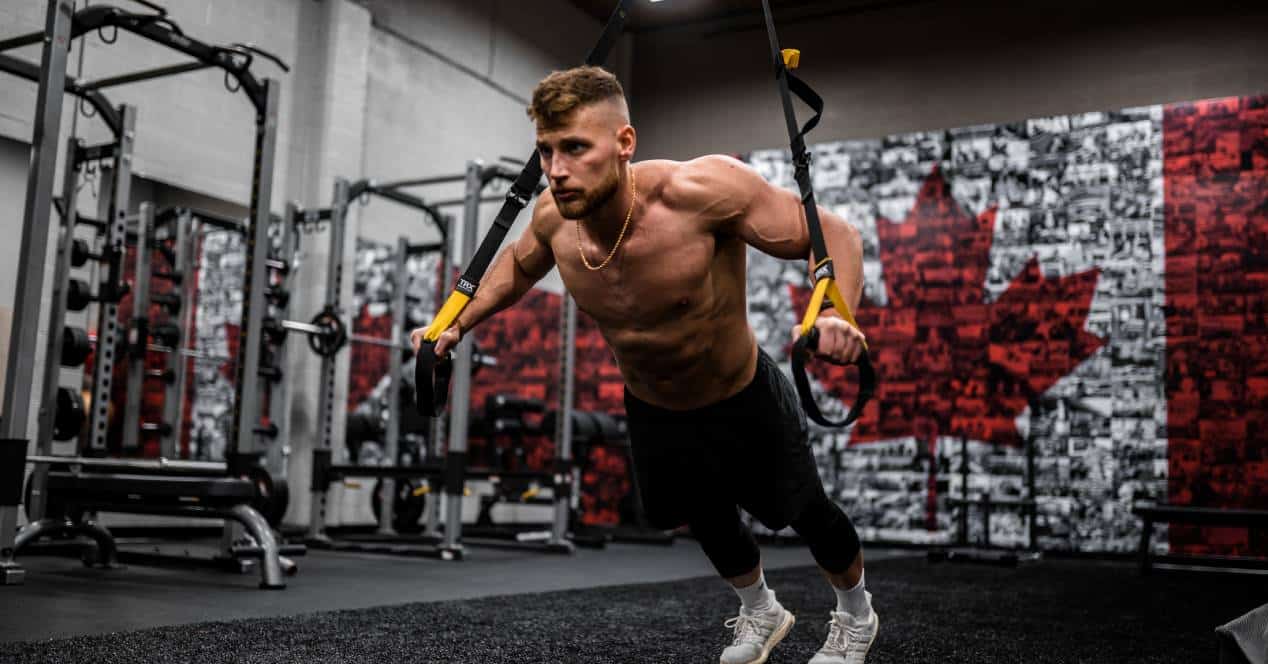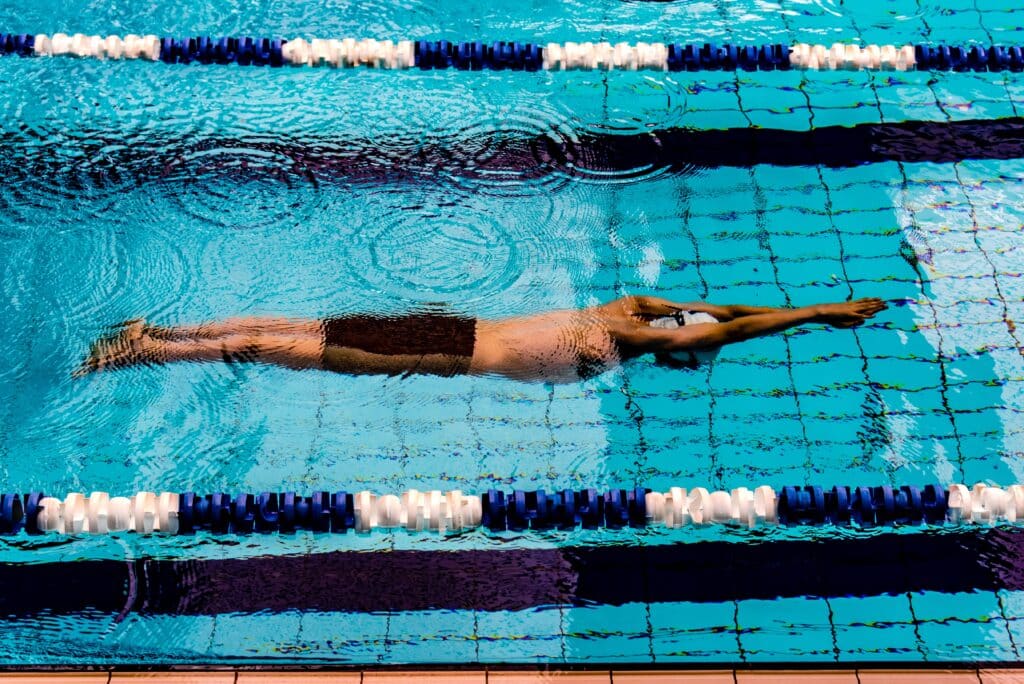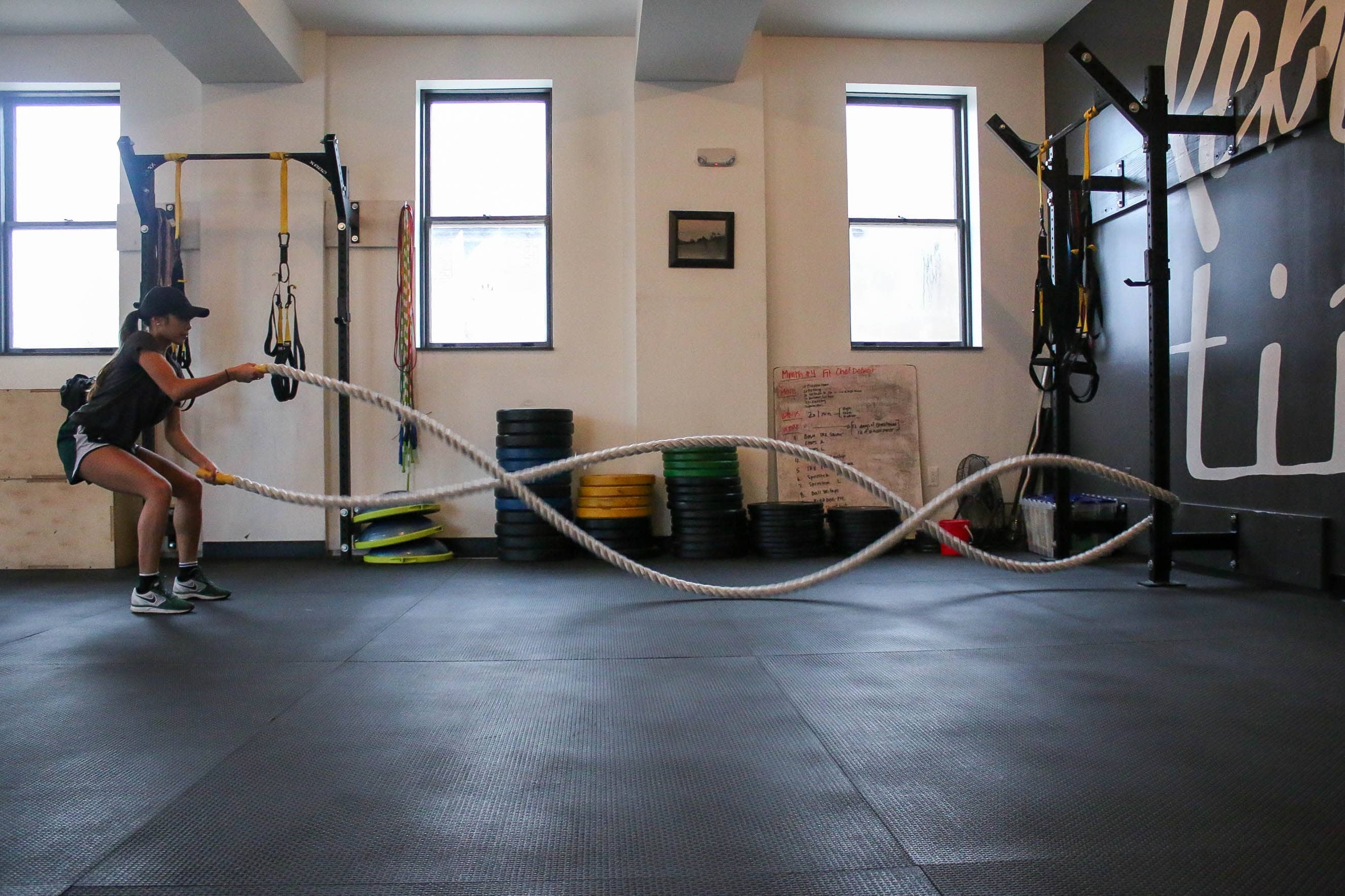
If you're looking to get results from your training routine, doing low-impact exercises may seem less cost-effective. Anything that starts with "bass" sounds less harsh, so it must be less effective, right? You are not correct.
There is a misconception that low-impact exercise is not effective for improving or maintaining fitness. But if the intensity is right, it is possible to get fit and lose body fat with these types of workouts.
What are low impact exercises?
When we talk about "impact", what we really mean is the amount of force that a certain movement exerts on your body.
Some of the movements that place a great deal of stress on the joints can be jump, run, jump, basically anything that makes you lift one or both feet off the ground and then land. When you land, your joints receive a lot of impact force from the ground.
Making them low-impact just means putting less physical stress on your joints. Any movement that does not subject your joints to that impact force from the ground can be considered low impact.
Another way to think of these types of exercises is movements that keep at least one foot on the ground at all times. These will have less impact than exercises where both feet come off the ground. A great example is the low-impact split squat, where you have both feet on the ground and you simply bend your knees and straighten them again. Compare that to a jumping lunge, where you start in a split squat, jump off the ground, land back, and do it again.
Another simple example is the difference between walking and running. The impact of walking is typically 1 to 1 times body weight, while the impact of running ranges from 5 to 2 times body weight.
Some examples of low impact exercises can be swimming, biking, using the elliptical machine, rowing, and yoga.

Advantages of low impact exercises
These types of exercises put less impact on the joints and can be a good thing for people of all ages and fitness levels.
They are gentle on the joints
The biggest benefit of low-impact exercises is that they are much easier on the joints than exercises that have you jump, hop, or pick your feet up off the ground and then punch them hard. This is an advantage for many reasons.
Allows someone with limitations, such as joint pain from arthritis or recovery of a injury, Get the benefits of exercise while minimizing the risk of high-impact exercise, which can exacerbate joint pain or delay recovery from injury. Older adults, people living with obesity, unfit adults, and those new to training can also benefit from these types of exercises; it can help them jump start an exercise routine and reduce the risk of joint injury.
Lower impact exercises allow you to train more consistently and frequently over a long run without necessarily spending as much time recovering. But less impact is also beneficial for anyone who wants to keep moving and keep their joints healthy for the long term. Even if you don't have pre-existing joint injuries or conditions.
However, if you are lifting heavy weights and you take to the max tus muscles, you need to make sure you get enough rest between workouts to allow your muscles to recover. The difference is that low-impact movements will reduce the time you need to rest to avoid joint pain and other injuries that can occur as a result of the force used during your workout.
Help burn calories and build muscle
Low impact does not mean low intensity. However, it is true that low intensity workouts are usually low impact. There are many exercises that are, by nature, high intensity but low impact.
For example, battle ropes they are a great challenge for your cardiovascular system, but since your feet remain on the ground, there is no impact involved. The swings de kettlebell are another great high-intensity, low-impact exercise.
El strength training, in its purest form, has an extremely low impact. Anything that has you standing up and lifting, like squats, deadlifts, or bench presses, will be easier on your joints, but can be quite intense at the same time.
That's because simply adding more weight will make any strength exercise more intense. In fact, the phrase "increasing the intensity" is often synonymous with "increasing the weight." Although there's less stress on your joints, lifting heavier will put more strain on your muscles and heart, resulting in higher calorie burn and more potential for strength gains.

You can build more muscle mass with low-impact strength training, and that, in turn, can increase your metabolic rate. High-impact exercises are often bodyweight only, so the main way to increase intensity is to move faster. Although it may result in more calories burned during exercise, it is not the best way to build muscle mass or strength. The way to build muscle is to progressively overload your muscles, allowing you to continuously subject them to a challenging load.
You can progressively overload your muscles in different ways: simply lift heavier weights or use resistance bands to level up bodyweight exercises into different planes of motion.
You can also put more consistent, constant tension on your muscles by slowing down. Putting muscles under more tension and/or increasing the time they are under tension is what pushes them to adapt and get stronger.
Low-impact exercises improve mobility
Many low-impact exercises are great for improving mobility. And while many people neglect mobility movements, it's important if you want your body to function like a well-oiled machine. Low-impact, bodyweight exercises get you moving your body in all directions and planes of motion. Also, without exerting any force on the joints.
When you take the impact out of a workout, you can focus on moving through a full range of motion and on technique. The work of hip mobility, glute strengthening exercises, and spinal twists They are all joint-friendly moves that will help your body function better.
A mobility training is also the perfect option active recovery. It promotes blood flow to ease pain, makes you a little sweaty, and keeps moving muscles and joints in full range of motion.
They are good for stress relief
Low intensity mobility workouts are simply a great way to relieve stress. And if there's one thing we all agree on, it's that we're all feeling the strain more than ever. Science supports that exercise has a positive effect on mental health and the ability to cope with difficult situations.
If you feel like you need to move and sweat a little every day to keep your mood in check, low-impact workouts are a great option to avoid overtraining. The last thing you want to do when you're already stressed is exacerbate any existing joint problems and have something else to worry about.